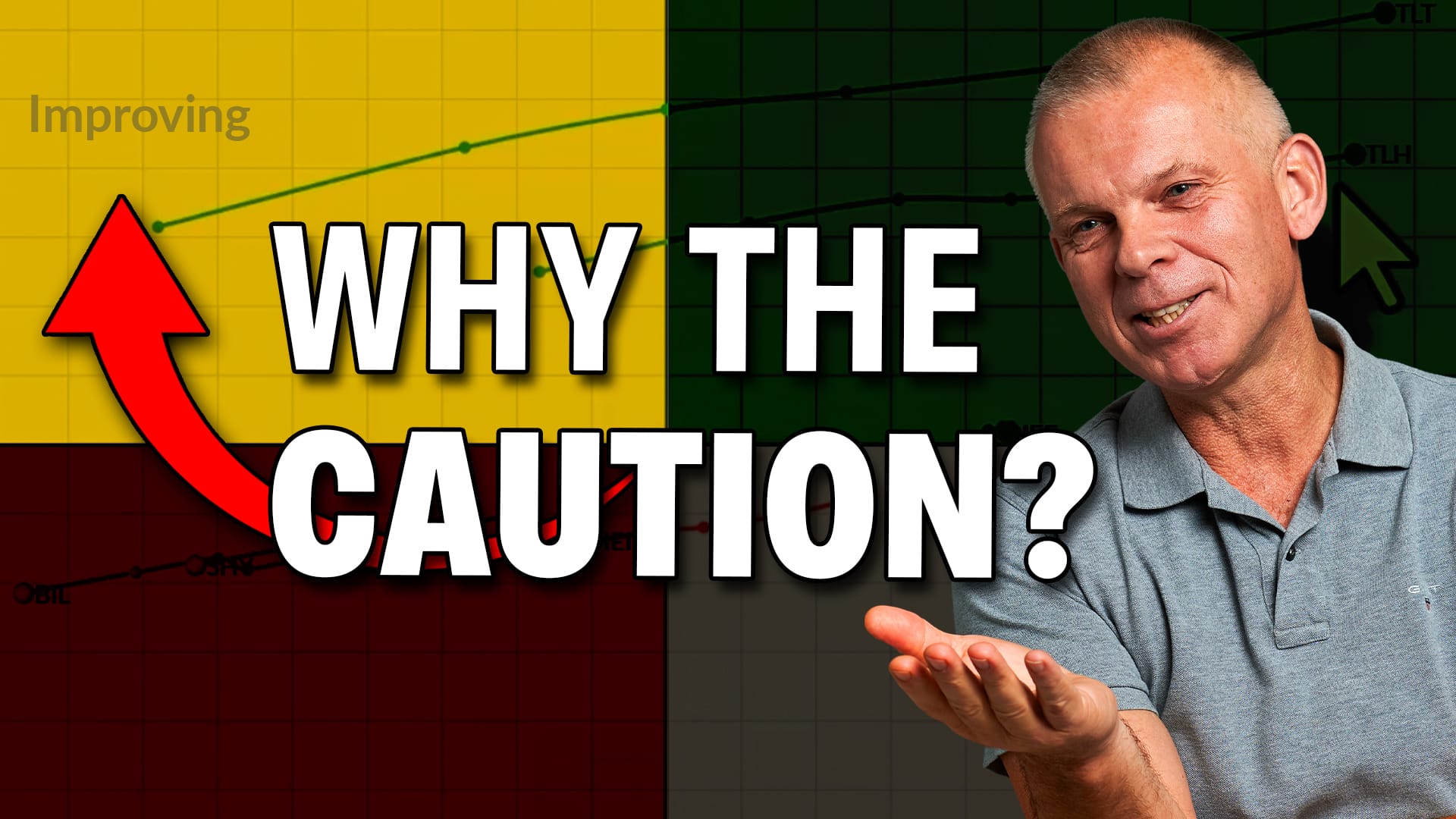2009 GETS OFF TO A POSITIVE START -- STOCKS AND COMMODITIES RALLY WHILE BONDS AND THE DOLLAR PULL BACK -- CONSUMER DISCRETIONARY STOCKS DO BETTER THAN STAPLES AT YEAREND-- AS JANUARY GOES SO GOES THE YEAR
INTERMARKET TRENDS TURN MORE POSITIVE ... Chart 1 shows how the interaction between the four main asset classes unfolded during 2008 and how they're entering 2009. The two weakest assets were commodities and stocks. The two strongest were Treasury bonds and the dollar. During the first half of the year, commodities were the strongest asset class while the others lost ground. At midyear, however, a sharp rally in the dollar (green line) caused a massive collapse in commodities (black line) which continued until November. Treasury bonds (red line) rallied sharply on plunging commodities. During most of the second half, bonds and the dollar rallied while stocks (blue line) and commodities fell together. [During a recession, bond prices usually rise while stocks and commodities fall]. Starting in November, however, those trends started to reverse. The stock market started to recover as the dollar weakened. As we enter the new year, stocks and commodities are bouncing while the dollar and bonds are pulling back. While those trend reversals are still relatively small, they do suggest that investors are entering the new year in a more optimistic mood.

Chart 1
ANOTHER SIGN OF OPTIMISM ... Another sign that consumer sentiment is improving can be seen in the interplay between consumer discretionary stocks and consumer staples. Chart 2 plots a relative strength ratio of the Consumer Staples SPDR (blue line) and the Consumer Discretionary SPDR (red line) versus the S&P 500 since midyear. Defensive consumer staples had been the market's strongest sector during 2008 (which is consistent with economic weakness). Consumer discretionary stocks (which include autos, homebuilders, and retailers) had been under pressure. Starting in late November, however, the RS line for consumer staples started to soften while consumer discretionary stocks started to show better relative strength. It's a subtle point, but it does show that investors are starting to feel more optimistic about things. Consumer discretionary was the top market sector during the month of December.

Chart 2
MAJOR INDEXES CLEAR 50-DAY AVERAGES... The most impressive event of the week was the ability of the major market averages to clear their 50-day averages for the first time since late August. Charts 3 through 5 also show the Dow, the Nasdaq, and the S&P 500 breaking out on Friday to the highest level in nearly two months. The only thing missing was volume. The fact that Friday was sandwiched between the New Years holiday and the weekend may account for that. We'll get a better read on volume over the next week as the markets return to normal trading. Assuming that volume does pick up, the major market indexes appear capable of reaching their early November highs during the month of January. That would certainly get the year off to a good start and might be a positive sign for the rest of the year.

Chart 3

Chart 4

Chart 5
AS JANUARY GOES, SO GOES THE MARKET ... What the market does over the next week is important. As I explained the previous Friday, what the market does during the first week of the new year often gives a clue about direction for the remainder of the year. According to the Stock Traders Almanac, "S&P gains during January's first five trading days preceded full-year gains 86% of the time". The predictive ability of the month of January is nearly as impressive. "The January Barometer predicts the year's course with a .741 batting average. 12 of the last 14 post-election years followed January's direction" (Almanac). The market dropped during the first week and month of 2008 and correctly warned of a bad year ahead. The market got off to a good January 2009 start on Friday. It's important, however, that the market build on those gains next week.








